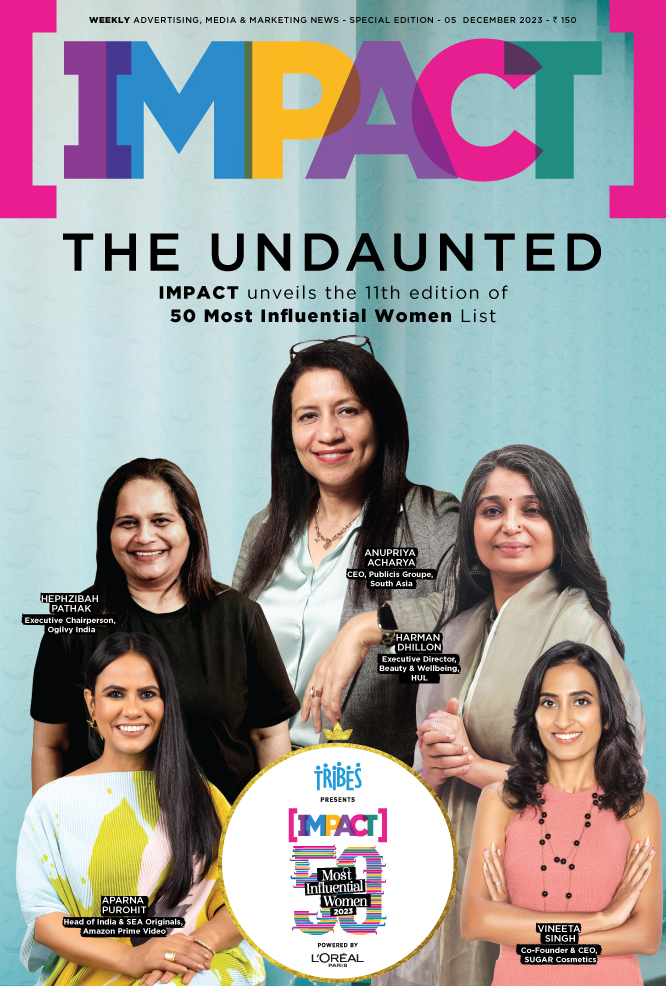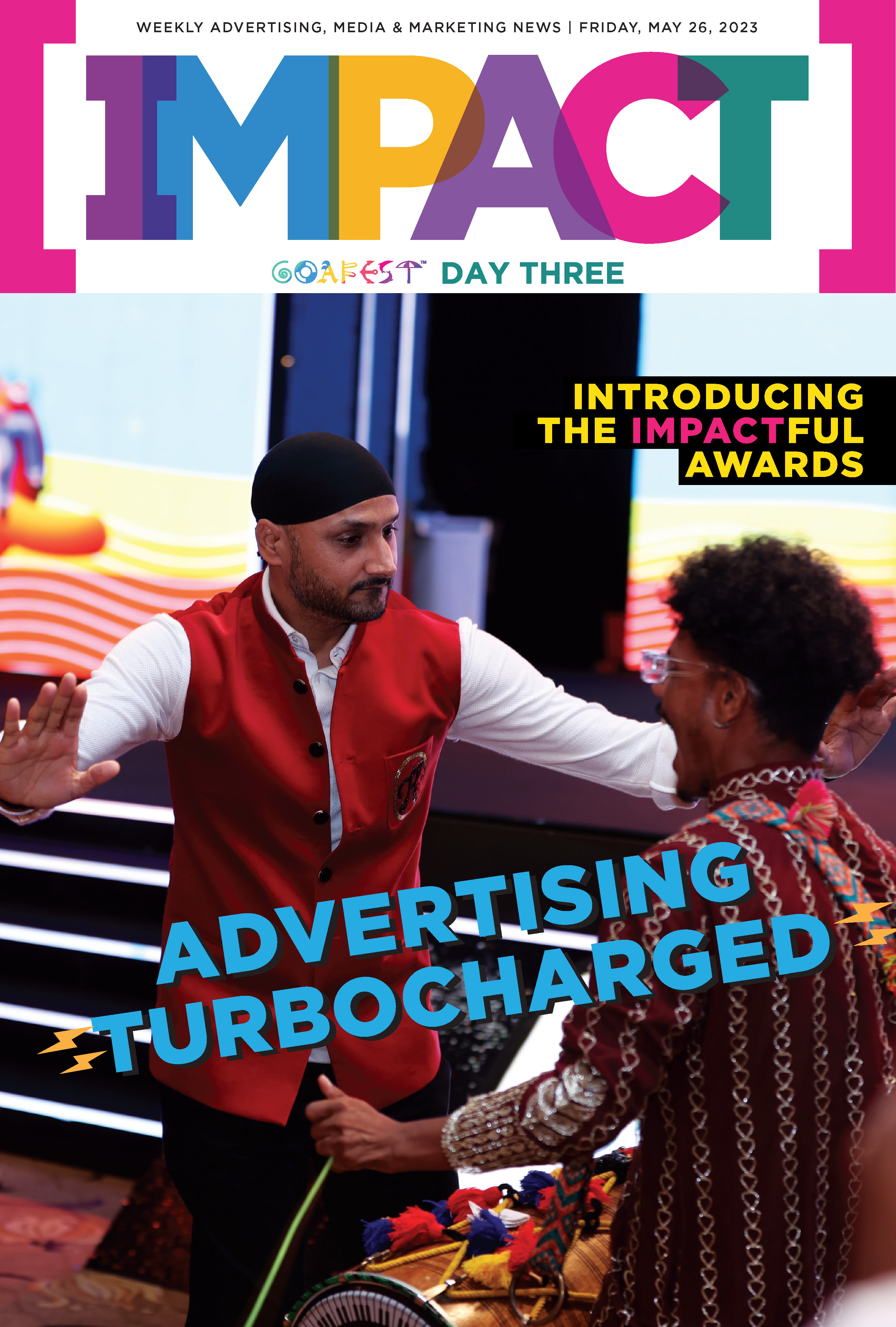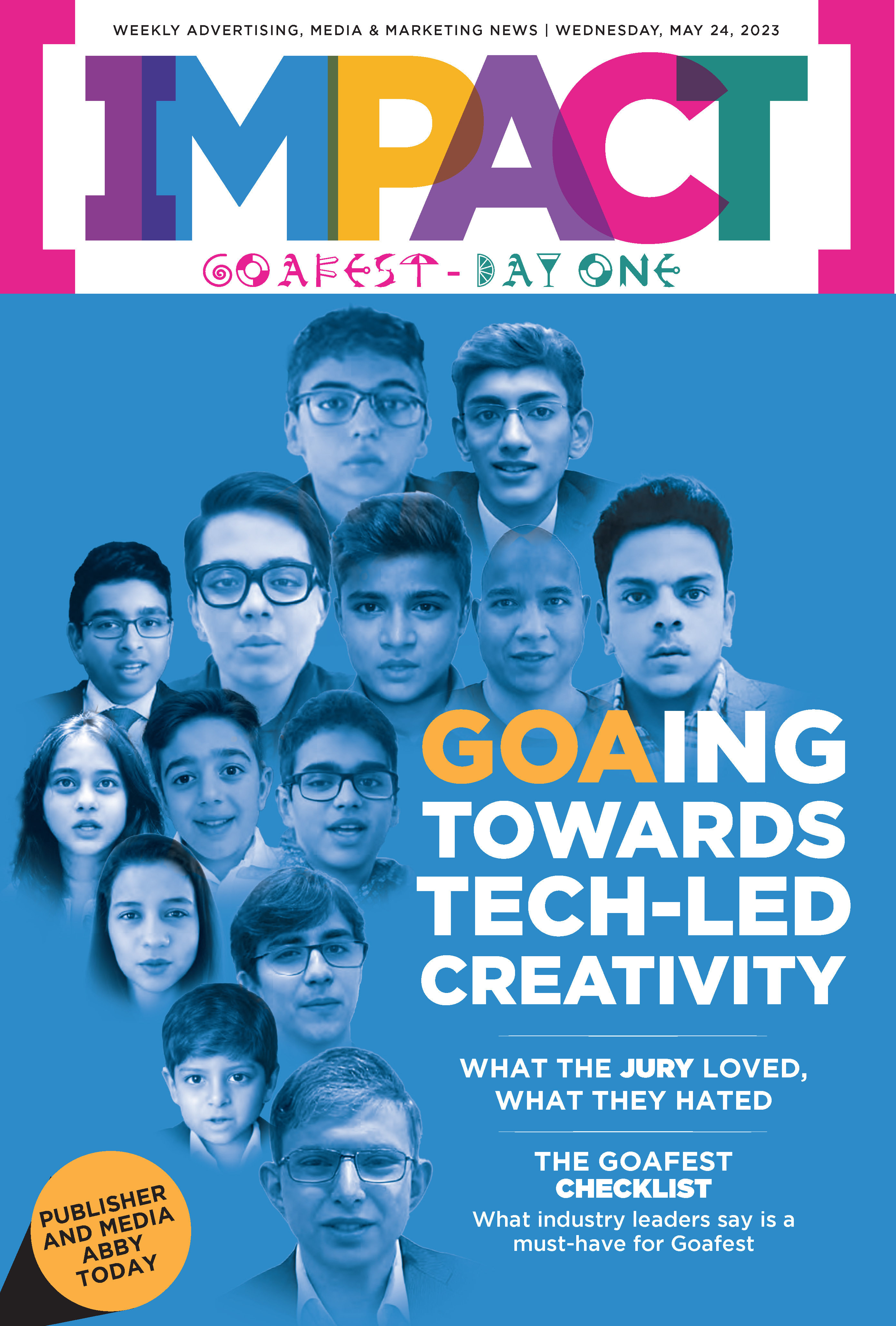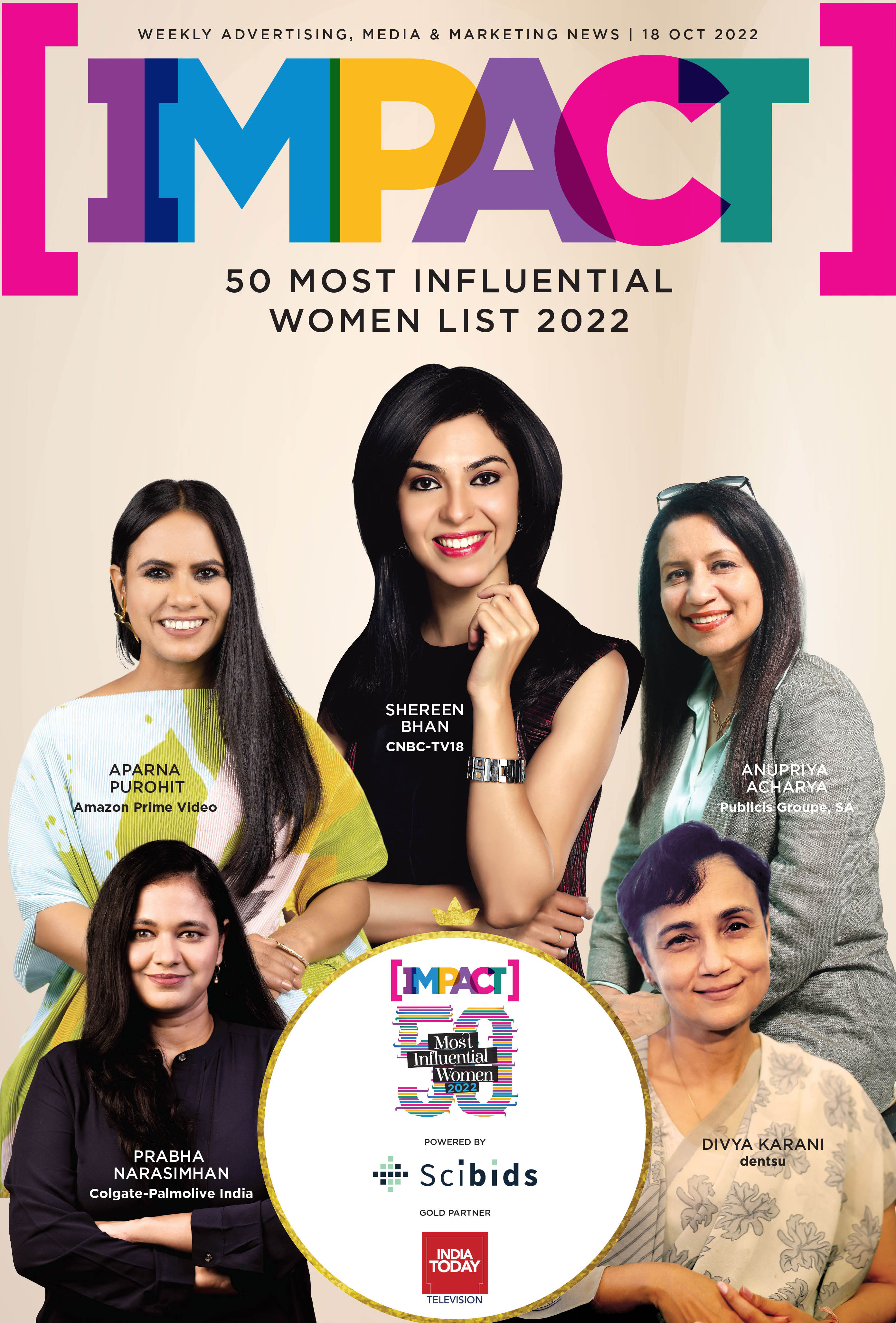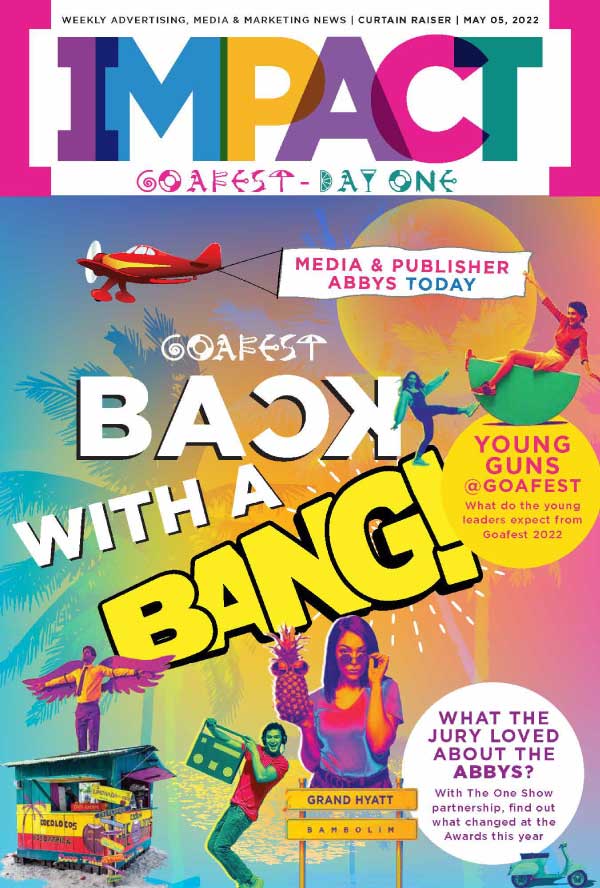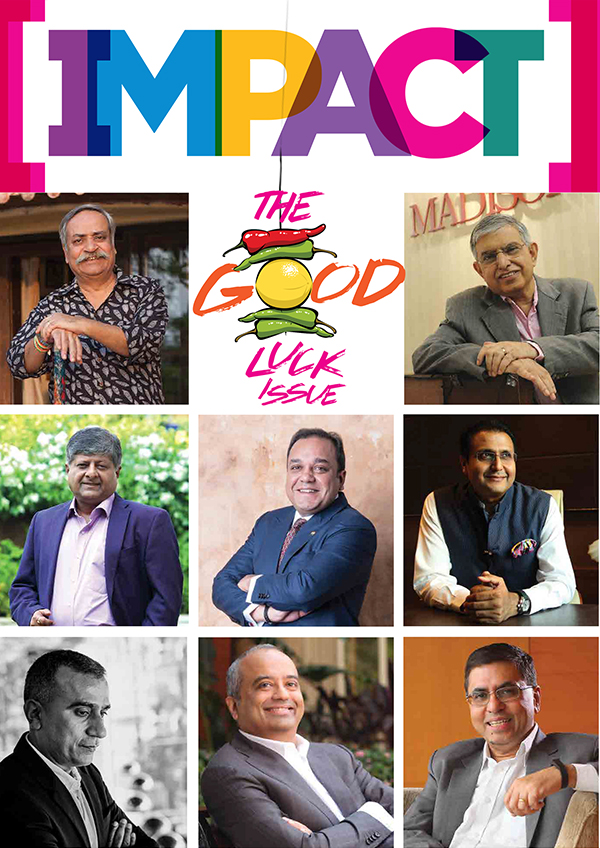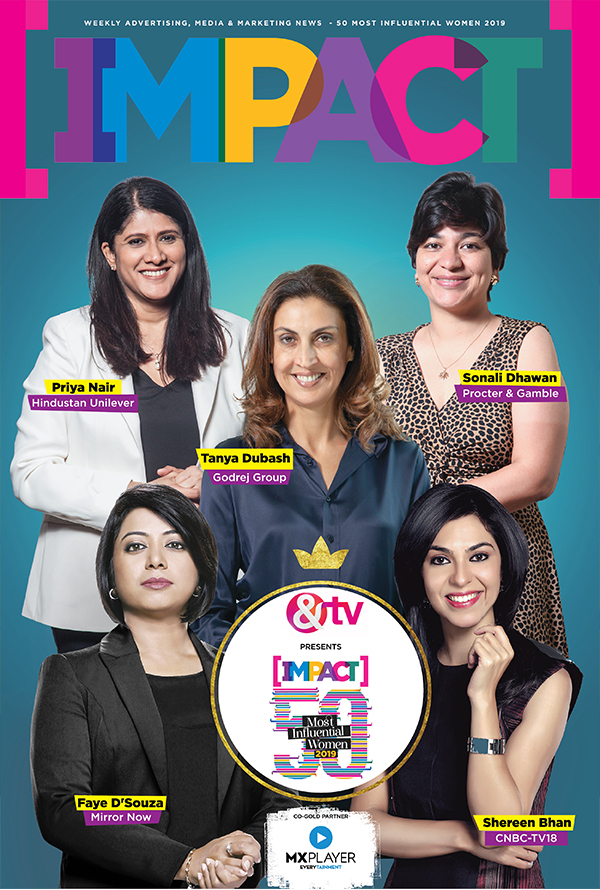The 2025 Bihar Assembly elections have turned into a case study in how political advertising in India is rapidly evolving. In the 30 days leading up to the 2025 Bihar Assembly elections, digital platforms in the state witnessed a surge of political advertising unprecedented for a single-state campaign. According to media reports, Parties spent over `4.8 crore on Google and Meta ads, with the BJP leading the pack, outspending others by a wide margin.
However, the sudden surge is not just about the money being spent, it is about the creativity of political outreach. Digital-first strategies that brands typically take months to plan are being compressed into a matter of weeks by political teams. Campaigns increasingly treated voters like consumers, deploying memes, Reels, influencer collaborations, and even AI-generated content, reflecting a marketing sophistication often associated with leading consumer brands. Thus, election campaigns are no longer merely seasonal efforts but intense digital sprints where attention is the most valuable currency. Political ad spends in Bihar have been rising consistently in recent years, reflecting both the discovery of digital’s potential and the escalating importance of online engagement. Aalap Desai, CCO and Co-Founder, tgthr, observes, “Political parties don’t bother with consumer behavior research the way brands do. As a result, they’ve only just caught on to the power of digital advertising in the last few years. Every year, their ad spend on digital goes up because they keep discovering more of its potential. This year is no exception. They have the money, they’re pouring it into digital, and that’s a trend that’s not slowing down.”
Political ad spends in Bihar have been rising consistently in recent years, reflecting both the discovery of digital’s potential and the escalating importance of online engagement. Aalap Desai, CCO and Co-Founder, tgthr, observes, “Political parties don’t bother with consumer behavior research the way brands do. As a result, they’ve only just caught on to the power of digital advertising in the last few years. Every year, their ad spend on digital goes up because they keep discovering more of its potential. This year is no exception. They have the money, they’re pouring it into digital, and that’s a trend that’s not slowing down.”

Influencer Marketing: The New Pulse of Political Campaigns The strategies deployed show a clear similarity of tactics from the brand world. Influencer marketing, for instance, has moved beyond token engagement, with campaigns leveraging local nano-influencers as well as prominent creators to shape voter sentiment. Suraj Nedungadi, Associate VP – Strategy, YAAP, notes, “Influencer marketing is far more effective than traditional advertising as audiences get closer to making their decision – whether it’s purchasing or voting. Trust has always been the bedrock of influencer marketing and it offers political campaigns the same thing it offers brands – credibility. With the influencer marketing industry poised to cross the $35 billion mark by 2026, we can safely expect spends to keep growing – across brands and political organisations.”
The strategies deployed show a clear similarity of tactics from the brand world. Influencer marketing, for instance, has moved beyond token engagement, with campaigns leveraging local nano-influencers as well as prominent creators to shape voter sentiment. Suraj Nedungadi, Associate VP – Strategy, YAAP, notes, “Influencer marketing is far more effective than traditional advertising as audiences get closer to making their decision – whether it’s purchasing or voting. Trust has always been the bedrock of influencer marketing and it offers political campaigns the same thing it offers brands – credibility. With the influencer marketing industry poised to cross the $35 billion mark by 2026, we can safely expect spends to keep growing – across brands and political organisations.”
Political parties and surrogate pages have leveraged local creators and digital accounts with high-following to reach niche voter groups in Bihar. Influencers like Neha Singh Rathore, known for her Bhojpuri folk music and engagement in political discourse, have been active in amplifying narratives, while opposition-aligned pages such as Yuva Bihar, RJD Sarka, Tejashwi Aayega 2025, and RJD Reels have promoted Tejashwi Yadav as a youth icon through short-form video content. On the pro-NDA side, pages like Bolo Bihar and Bihar Live have circulated content highlighting governance achievements, often using memes and regional-language videos to target micro-communities.

 Abhinay Bhasin, SVP – Product & Technology, Dentsu, explains, “While influencer led engagements for political campaigns are largely still experimentative, its essence has been to increase scale of outreach through credible sources of affiliation. Unlike for core brands, when it comes to political advertising, the goal of influencers is to drive more qualitative goals such as trust, awareness etc from an ROI perspective. Its success depends on credibility of affiliation and messaging to build authenticity and transparency under stipulated guidelines that come with engaging influencers that are industry regulated as norms.”
Abhinay Bhasin, SVP – Product & Technology, Dentsu, explains, “While influencer led engagements for political campaigns are largely still experimentative, its essence has been to increase scale of outreach through credible sources of affiliation. Unlike for core brands, when it comes to political advertising, the goal of influencers is to drive more qualitative goals such as trust, awareness etc from an ROI perspective. Its success depends on credibility of affiliation and messaging to build authenticity and transparency under stipulated guidelines that come with engaging influencers that are industry regulated as norms.” This adoption of influencer-led outreach highlights that political ROI is measured in narrative penetration and votes, not in immediate conversions. As Azazul Haque, Group Chief Creative Officer, Creativeland Asia, points out, “In political campaigns ROI is defined by the votes they get, so pushing more content and pumping more marketing monies in regions where they are weak is mostly the plan as they try to convert those regions into their stronghold.”
This adoption of influencer-led outreach highlights that political ROI is measured in narrative penetration and votes, not in immediate conversions. As Azazul Haque, Group Chief Creative Officer, Creativeland Asia, points out, “In political campaigns ROI is defined by the votes they get, so pushing more content and pumping more marketing monies in regions where they are weak is mostly the plan as they try to convert those regions into their stronghold.”

AI and Deepfakes: The Double-Edged Sword Alongside influencers, AI-generated content and deepfakes have begun to appear in campaign creatives, a move that has stirred debate over ethics and risk. When asked whether such tactics could extend to commercial contexts, Toru Jhaveri, Founder & Strategy Lead, The Stuff of Life cautions, “Undisclosed AI-generated content and deep fakes are unethical, it’s as simple as that. Eventually it’s going to create a massive cycle of public cynicism and distrust and erode the quality of our democracy. So I’d like to think that brands will avoid these tactics, not only because they want to comply with internal regulations, but because it’s the wrong way to go.” Whereas, Suraj echoes the need for experimentation within ethical boundaries, “As with any new disruptive technology, the rules are being defined in real time. It’s crucial for brands to embrace and more importantly, experiment with – this new technology within clear ethical guardrails.”
Alongside influencers, AI-generated content and deepfakes have begun to appear in campaign creatives, a move that has stirred debate over ethics and risk. When asked whether such tactics could extend to commercial contexts, Toru Jhaveri, Founder & Strategy Lead, The Stuff of Life cautions, “Undisclosed AI-generated content and deep fakes are unethical, it’s as simple as that. Eventually it’s going to create a massive cycle of public cynicism and distrust and erode the quality of our democracy. So I’d like to think that brands will avoid these tactics, not only because they want to comply with internal regulations, but because it’s the wrong way to go.” Whereas, Suraj echoes the need for experimentation within ethical boundaries, “As with any new disruptive technology, the rules are being defined in real time. It’s crucial for brands to embrace and more importantly, experiment with – this new technology within clear ethical guardrails.”
In the same light, Azazul notes that brands are shifting toward AI-generated campaigns but cannot afford deepfakes without proper permissions, whereas political campaigns sometimes navigate around these restrictions through local supporters. This creates an ethical distinction and risk difference between political and brand use of synthetic content.
Another layer of the Bihar digital campaign has been the rise of surrogate social media pages, which operate outside official party accounts but push sharp political narratives. Many of these pages, with followings running into lakhs, are producing reels, memes, and AI-edited videos that either project their chosen leader positively or attack rivals. While some focus on highlighting governance achievements, others lean on humour and youth-oriented content to position opposition figures as relatable icons. This parallel ecosystem shows how much of the political messaging battle is now being fought through unofficial but highly influential networks online.

Market Dynamics and Campaign Spending: When Politics Drives Digital Costs
The digital surge also has repercussions for commercial advertisers. High-volume political ad buying can tighten inventory, raise CPMs, and reduce visibility for brands competing in the same feeds. Aalap Desai explains, “The sheer volume of media investments has left us with a severe ad inventory shortage. This drives up costs and makes it hard for brands to get seen, so many of them pull back on campaigns. This is our Super Bowl. You either pay to play, or you sit on the sidelines.” Whereas, Abhinay Bhasin adds a data perspective: “Higher number of brands (sector agnostic) will imply higher competition, scarcer ad inventory and cost increments of inventory that could rise up to 20-30% dependent on the cohorts targeted.”
Whereas, Abhinay Bhasin adds a data perspective: “Higher number of brands (sector agnostic) will imply higher competition, scarcer ad inventory and cost increments of inventory that could rise up to 20-30% dependent on the cohorts targeted.”
Yet, while the scale and sophistication are reminiscent of brand campaigns, political advertising remains fundamentally reactive and context-driven. Azazul notes, “Political Campaigns have extremely different approaches to advertising thinking and advertising spends. They are more topical, mood-led or wave-led than long-term objective-led. Brands prefer building a brand narrative while political campaigns follow the mood of the masses. Brands don’t have such situations.” In Bihar, this meant concentrated spending in key constituencies and strategic pushes timed precisely around election weeks, a temporality that brands rarely experience.
The cross-pollination between political and commercial marketing, however, is undeniable. From influencer strategies to AI-assisted creative and data-driven targeting, the lines between campaign playbooks and brand playbooks are blurring. Jhaveri reflects, “Successful politicians and their campaign teams tend to have a finger on the pulse of consumers in a way that’s much deeper than brands. They’re also not afraid to innovate to connect with their audiences. I hope brands are taking notes.”
Thus, the Bihar 2025 digital blitz offers a lens into the evolving nature of marketing itself: whether for commerce or politics, the demand for relevance and authenticity is reshaping how campaigns are conceived, executed, and measured. In this new landscape, brands and parties alike are learning that capturing attention requires not just spending more, but spending smarter, faster, and with a pulse on real-time audience sentiment, an approach that increasingly treats human attention as the ultimate currency.


















